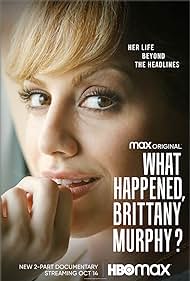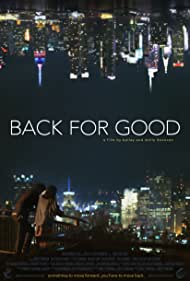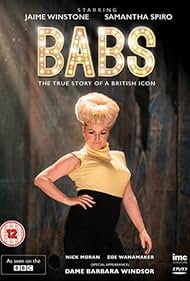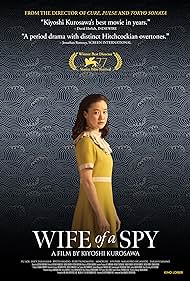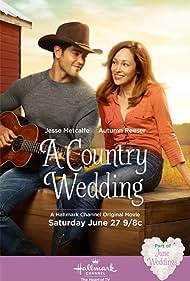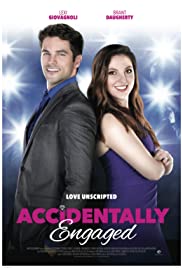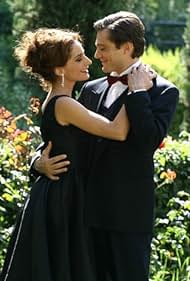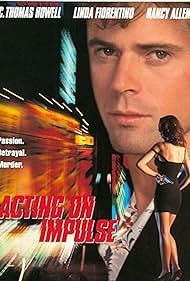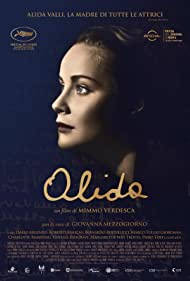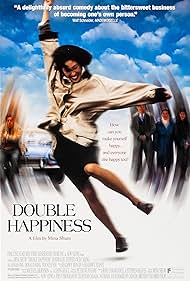The French Lieutenant's Woman Soundtrack (1981)

Buy on Amazon Play and download Soundtracks
La mujer del teniente francés
La donna del tenente francese
A Amante do Tenente Francês
La maîtresse du lieutenant français
Fransız teğmeninin kadını
Synopsis
John Fowles' original novel "The French Lieutenant's Woman" was distinguished by a literary technique that involved telling a story of Victorian sexual and social oppression within the bounds of a 1970s viewpoint.
How does one convey this time-frame dichotomy on film?
The decision made by Writer and Director Edith Ritchie and Screenwriter Harold Pinter was to frame Fowles' basic plot within a "modern" context of their own making.
While we watch as Sarah, a nineteenth century Englishwoman ruined by an affair with a French Lieutenant, enters into another disastrous relationship with principled young Charles (Jeremy Irons), we are constantly made aware that what we're seeing is only a movie.
This is done by surrounding the story with a modern narrative, focusing on a movie production company which is on-location filming "The French Lieutenant's Woman".
Meryl Streep doubles in the role of Sara and the American actress who plays her, while Jeremy Irons essays the dual role of Charles and the handsome Briton playing Charles.
Likewise, everyone else in the cast is seen as "themselves" and as their French Lieutenant's Woman characters.
Not surprisingly, the "real" Streep and Irons enter into an affair which closely parallels their characters' relationship.
Download and play the Soundtrack list
| Play | Title | Artist |
|---|---|---|
|
The French Lieutenant's Woman
|
||
|
Adagio from Sonata in D, K 576
|
John Lill:
By wolfgang amadeus mozart (as mozart) played
|
|
|
Prelude in C minor
|
Johann Sebastian Bach:
Writer
|
|

